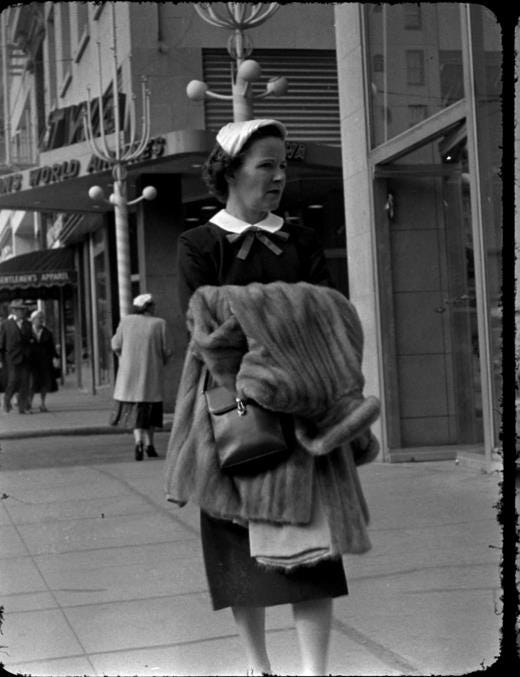California has now become the first state in the country to ban the manufacture or sale of clothing made from animal fur. There are some notable exceptions to the law. Real fur is allowed to be sold at non-profit thrift stores, thrift stores, and pawn shops. And you can still wear fur without penalty. However, for a state that until 2017 led the country in real fur sales, this is a turning point.
The state ban reflects changing market tastes as well as health and ethical concerns. Young consumers, who had become uninterested in the often expensive clothing made of real fur and more attentive to the cruelties of fur farming, turned their backs on a once thriving industry. Health experts have other concerns: By forcing solitary animals like mink to live in crowded pens, fur farming creates a dangerous breeding ground for mutant pathogens that could eventually infect humans.
Dating back to the 1950s and in cities like San Francisco, fur coats, jackets, wraps and shawls were regular sights on downtown streets. Fur clothing, available in different shades and patterns, denotes elegance, status and sophistication.
In fact, I still remember watching my grandmother prepare to take the ferry across San Francisco Bay to shop in “the city.” She threw her fox with a great sweeping motion that left the animal's flattened ears, decorative glassy eyes and muzzle over her left shoulder in startling menace—a predator turned epaulette. My grandmother did not tolerate any opposition about her choice of fashion. She was dressed to the nines and that was it.
Joseph Seeley, a largely unknown San Francisco street photographer whose work has been featured before, captured this fur craze with thousands of images, 50 of which — taken in the Union Square area in the late 1950s — can be seen below.

